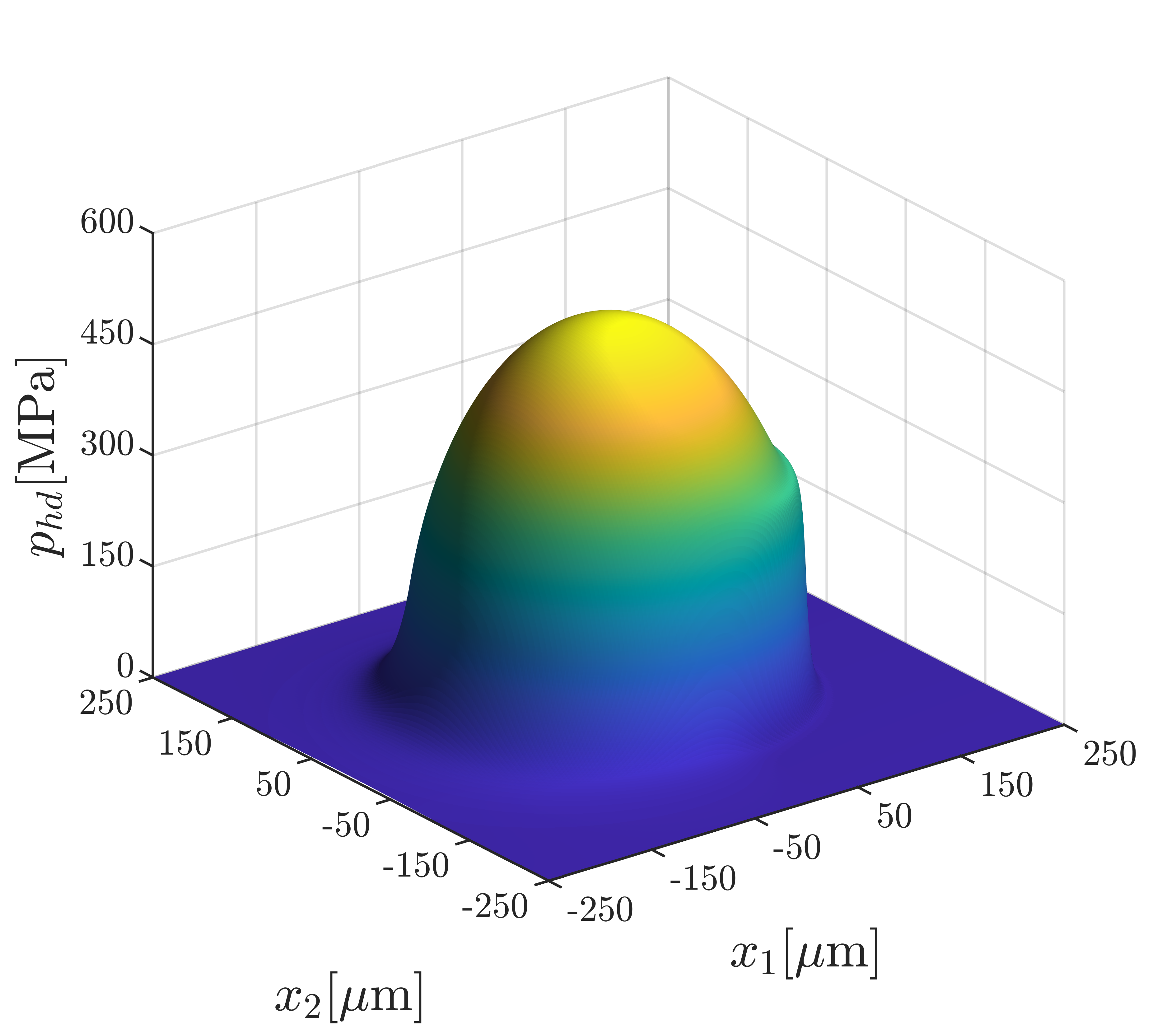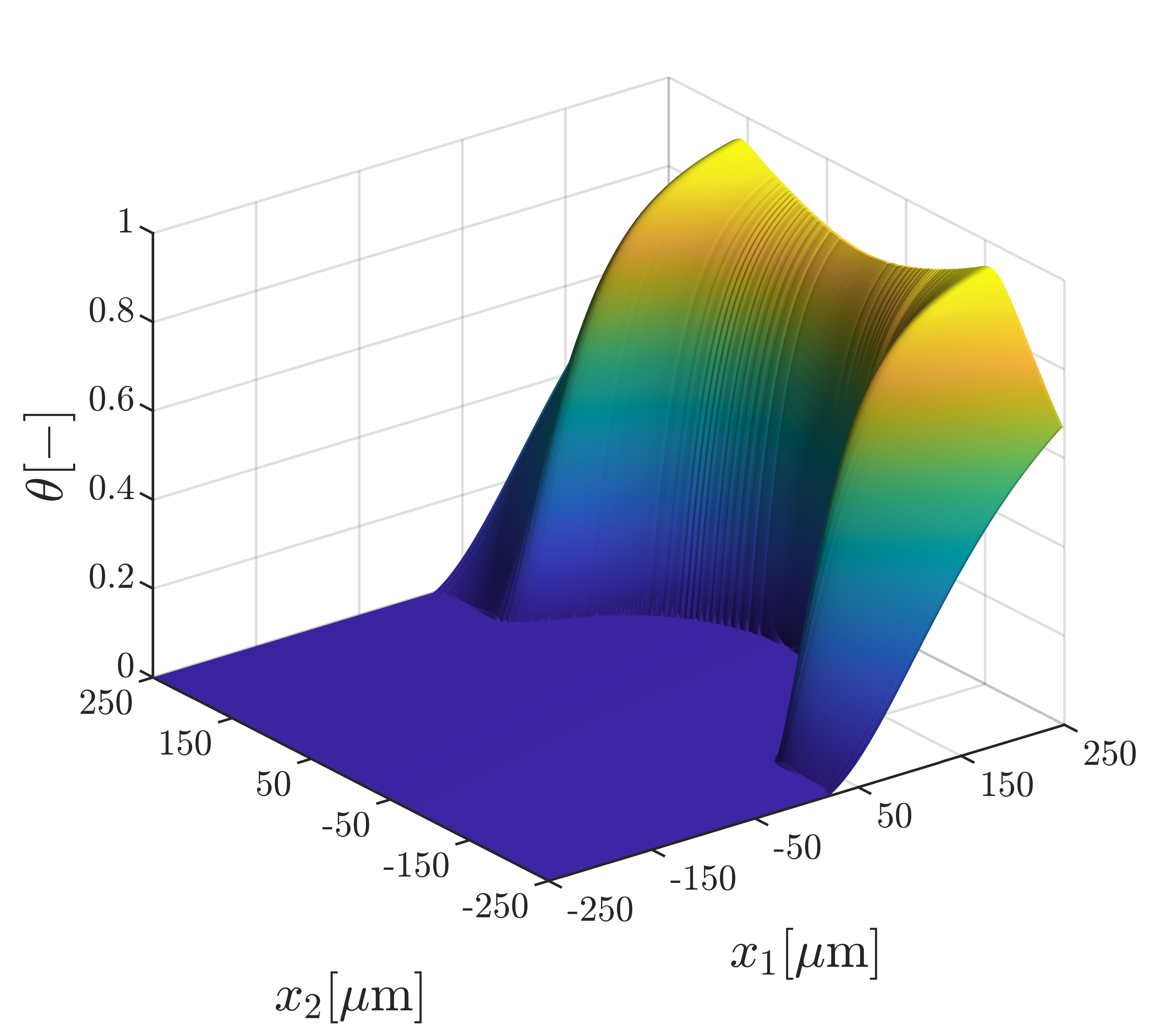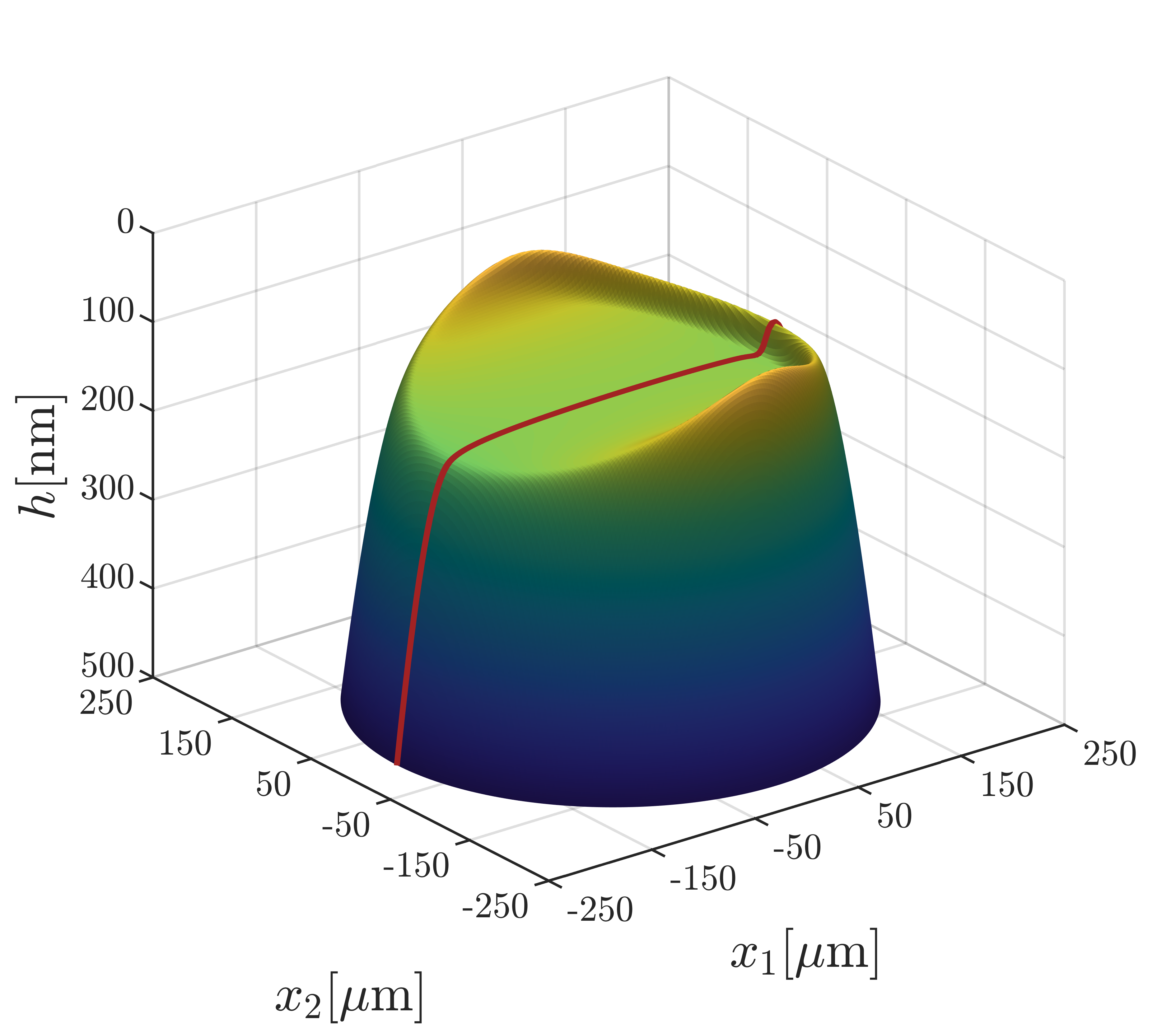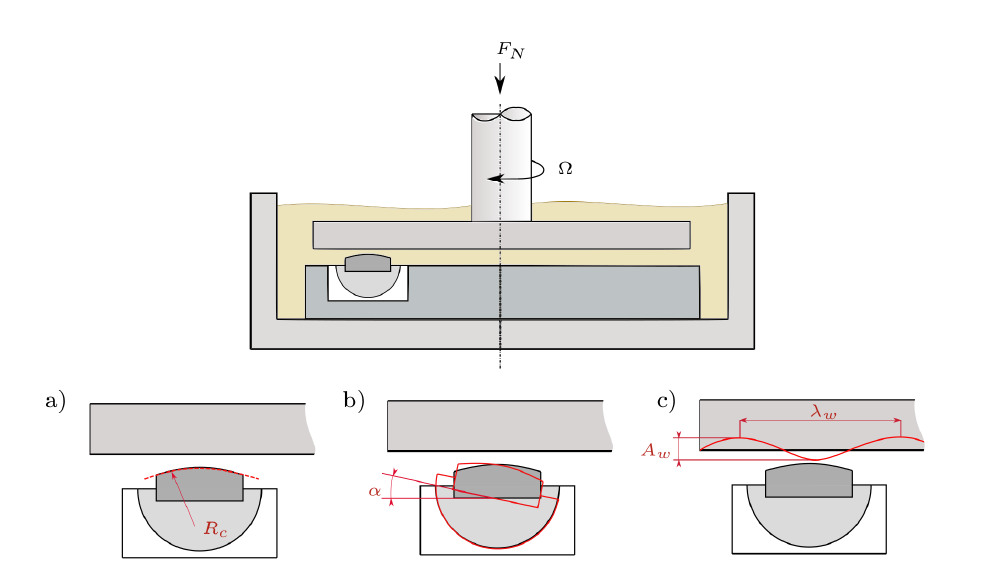Numerical and Experimental Analysis of Surface Textures - Towards a Reproducible and Robust Design of Textures in Conformal Contacts
- Ansprechperson:
- Förderung:
DFG (FR 2823/10-1)
- Projektbeteiligte:
Dr. Gerda Vaitkunaite at the Institute for Applied Materials - Reliability and Microstructure IAM-ZM, KIT
Dr.-Ing. Andrea Codrignani at the Department of Microsystems Engineering - IMTEK, University of Freiburg
- Starttermin:
Januar 2021
Properly designed surface textures can reduce friction in the lubricated contact between surfaces that are in relative motion. Consequently, the application of these textures, for example in bearings, seals or cylinder liners, is considered as a promising technique to improve the overall efficiency and lifetime of a variety of machines. Unfortunately, the optimal design of surface textures is extremely sensitive to a large amount of influence factors occurring in the tribological contact. These influence factors include roughness effects, surface contact, cavitation phenomena, the pressure and temperature dependence of the lubricant’s density and dynamic viscosity, shear thinning or elastic surface deformation due to the hydrodynamic pressure. One part of this project is about the development of a code which can model the lubrication flow while considering these influence factors. Exemplary results obtained during the simulation of an untextured ball-on-disc tribometer are shown in Figure 1. From left to right, the resulting hydrodynamic pressure, cavity fraction and elastically deformed gap height distribution are displayed.



Figure 1: (From left to right) Hydrodynamic pressure, cavity fraction and gap height distribution obtained during the simulation of a ball-on-disc tribometer.
Surface textures are often investigated experimentally in tribometers. Within such a setup, it is possible to clearly define the operating conditions of the lubricated contact und to quantify the effect of the surface textures on the friction coefficient. For conformal contacts, this is performed with pin-on-disc tribometers as displayed schematically in Figure 2. While the experiments are conducted by the IAM-ZM, the simulations are realised at the ISTM. Through this joined approach, the frictional behaviour of the untextured tribometer is investigated at first while validation of the results is ensured. As shown in Figure 2, the focus is on characterizing a) the pin surface curvature, b) the pin’s inclination towards the disc and c) the waviness of the disc surface. Once the frictional behaviour of the tribometer is sufficiently characterized, its manipulation through the introduction of surfaces textures is investigated.

Figure 2: Pin-on-disc tribometer with focus on a) the pin surface curvature, b) the pin’s inclination towards the disc and c) the waviness of the disc surface [Source: IAM-ZM].
